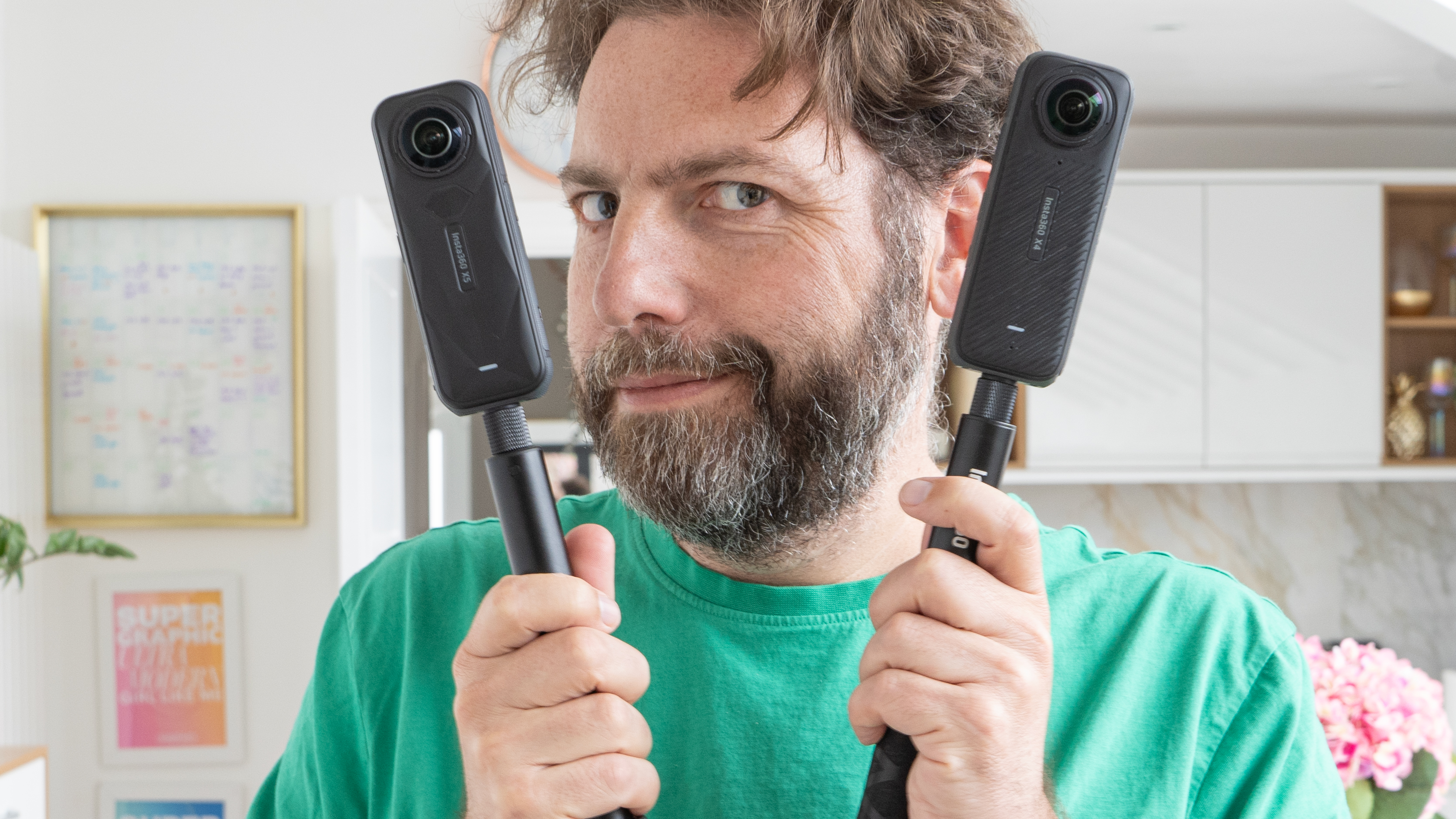Can third parties ONLY make APS-C lenses for RF? "No comment" says Canon
Canon "can't answer" if third parties like Sigma and Tamron are allowed to make full frame lenses for the RF mount

There was much rejoicing last week when both Sigma and Tamron announced their first ever Canon RF lenses, following an unspoken five-year embargo on third parties launching autofocus lenses for Canon's mirrorless camera system.
However, last week's lenses from Sigma and wide-angle Tamron lens were strictly APS-C (and non-stabilized) – and Canon says that it "can't answer" whether or not third parties are allowed to release full frame lenses for the RF mount.
Japanese outlet MyNavi contacted Canon Japan directly to find out more. It asked whether the company had licensed Sigma and Tamron to produce any kind of RF lens – such as full frame optics – or whether their agreements limited them specifically to APS-C lenses.
"Regarding this point, I asked, 'Are there any restrictions in this contract, such as only APS-C compatible lenses that are not equipped with an image stabilization mechanism are allowed?'" wrote the site. "I can't answer," came the reply.
"Finally, I asked damemoto [a Japanese expression essentially meaning 'nothing to lose'] if there is a possibility that a full-frame compatible lens will be released from a third party, but unfortunately there was no comment."
So, reading between the lines, right now Canon RF users won't be getting full frame autofocus lenses from the likes of Sigma and Tamron.
This is what I suspected, when I wrote my reaction to last week's announcements – though admittedly, I was completely focused on the APS-C aspect and I hadn't even noticed that the lenses didn't feature stabilization. Still, I think it's the lack of full frame lens democratization that's the big story here.
Get the Digital Camera World Newsletter
The best camera deals, reviews, product advice, and unmissable photography news, direct to your inbox!
It's extremely exciting that APS-C EOS R shooters will have the option for third party autofocus lenses – and it expands the range of smaller RF-S glass available for cameras like the Canon EOS R50 and EOS R100 – but keeping full frame lenses locked down is such a curious strategy.
For a company that just experienced its first Q1 profit drop in four years, I would think that giving customers more reasons to buy into the EOS R system – not less – would be the wisest move to make…
Take a look at the best Canon telephoto lenses, the best Canon portrait lenses, and the best Canon superzoom lenses.

James has 22 years experience as a journalist, serving as editor of Digital Camera World for 6 of them. He started working in the photography industry in 2014, product testing and shooting ad campaigns for Olympus, as well as clients like Aston Martin Racing, Elinchrom and L'Oréal. An Olympus / OM System, Canon and Hasselblad shooter, he has a wealth of knowledge on cameras of all makes – and he loves instant cameras, too.
